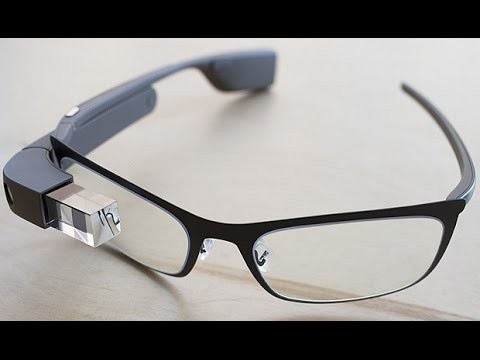A new version of Google Glass designed for use at workplaces has been spotted. It can be used by simply attaching to a conventional pair of eyewear.
After scrapping the original Google Glass at the beginning of this year, there has been no news on whether Google will be rolling out a new edition of Google Glass. However, it is now known that the search engine giant is working on a second edition of the Google Glass and it will be aimed towards the workplace consumers.
The second generation version is known as Glass at Work or Google Glass Enterprise Edition. The company has been testing the new eyewear in different sectors such as medical, manufacturing and energy, The Wall Street Journal reported.
The appearance of the device is different from the predecessor model. It will not be coming with an inbuilt frame but feature a hinge system that can make it possible to attach to an existing pair of glasses. It is enabled with a longer and thinner prism that projects images and graphics in the line of sight of the user, Telegraph reported.
The battery of the device can last for up to two hours. The wireless connectivity of the Google Glass has been improved. The Glass at Work edition will be only available for use in offices. Hence, it will not be made available for general users.
The Glass at Work will be rolled out by fall and it will be priced lower than the original Google Glass that carried a price tag of $1500. As far as new consumer edition is concerned, it may take at least a year for it to arrive.
The original Google Glass designed by well-known fashion designers that were formerly associated with Oakley and Ray-Ban was launched in 2012. Since it allowed users to shoot photos and videos surreptitiously, the Google Glass was heavily criticized. It was banned from using at cinemas, hospitals, and banks





















